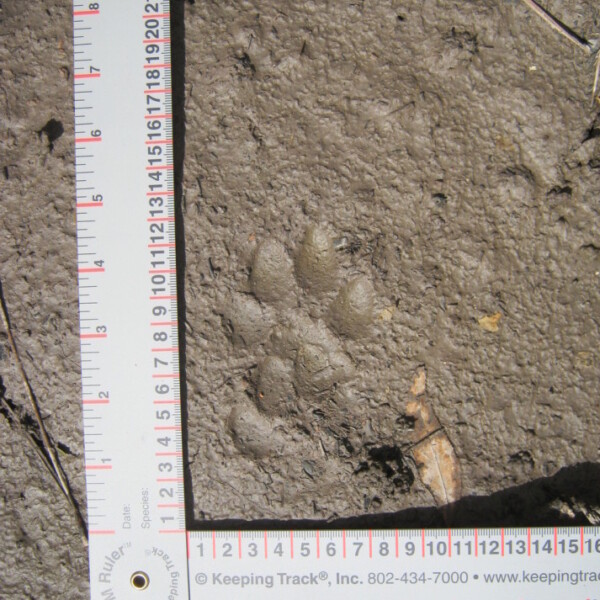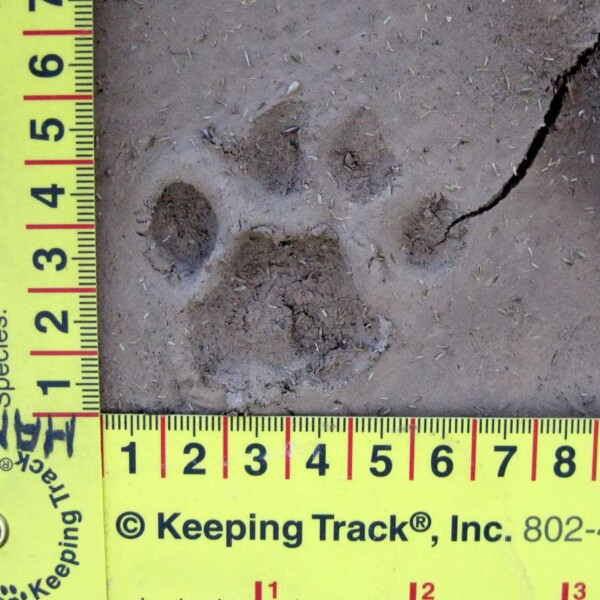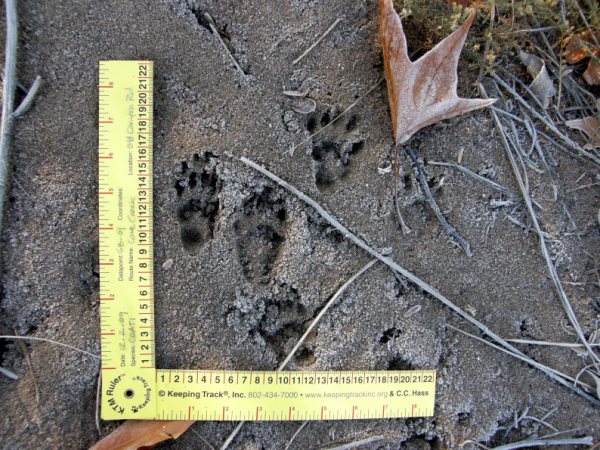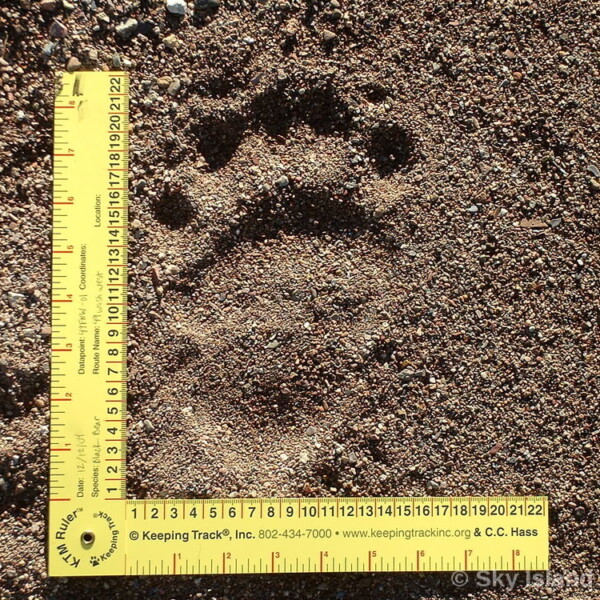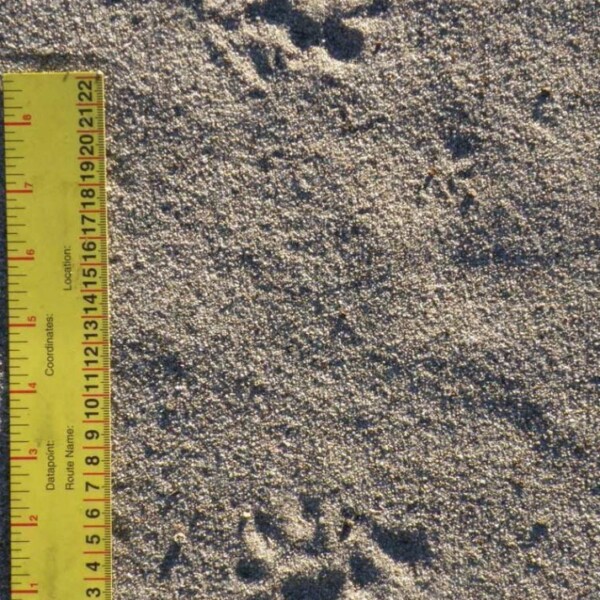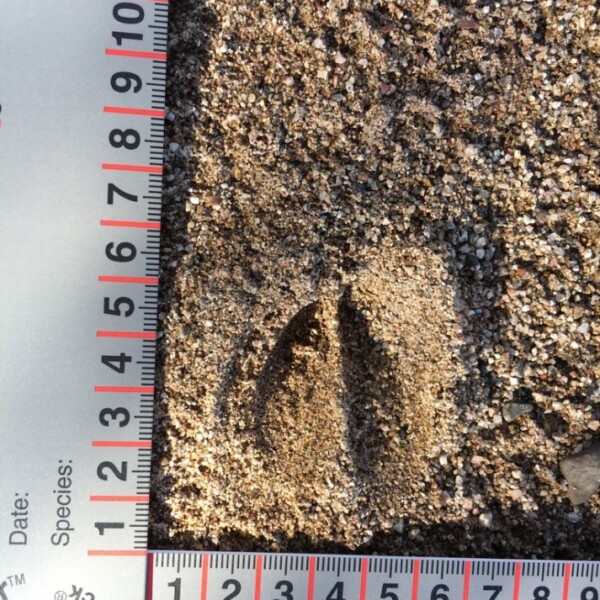Did you know you can separate animal footprints, also called tracks, based on how many toes you see? There are many variables that can affect how many toes show up — ground type, speed of the animal, and age of the track. But if you can count the number of toes you see, you are on your way to identifying what animal made that track!
Check out the ID guide below, and sign up for Sky Island Alliance’s biweekly newsletter to learn more about upcoming tracking workshops and other ways to protect the wildlife of this region.
Count the Toes!
One Toe
Equines — which include horses, donkeys, and mules — evolved to walk on one toe. So if you see a track with one large horseshoe-shaped hoofprint, it’s an equine.

Two Toes

Ungulates like deer, elk, javelinas, goats, sheep, and cattle have cloven hooves. The two halves of the hoof register as two distinct marks in the ground. Sometimes if there is deep mud or snow, two hind dewclaws may register, but not all the time.
Four Toes


Canines, cats, and birds all have four toes. Canine and cat tracks look very similar, but bird tracks have a very distinct pattern. Some large birds like turkeys and herons will only have three large toes register on the ground. But the fourth is still there — just not visible.
Five Toes
Bears, skunks, opossums, coati, lizards, amphibians. Basically anything else that doesn’t have one, two, or four toes will have five toes! This group takes the longest to ID since many animals have five toes that will show on the ground. The next step you would take is to use size to help determine what type of animal made that track. For example, bears would have a very large 5-toed track, but a raccoon would have a smaller 5-toed track.
Curious to learn more? Check out the resources listed below. If you have questions, feel free to reach out to SIA’s Stewardship Specialist Bryon Lichtenhan.


